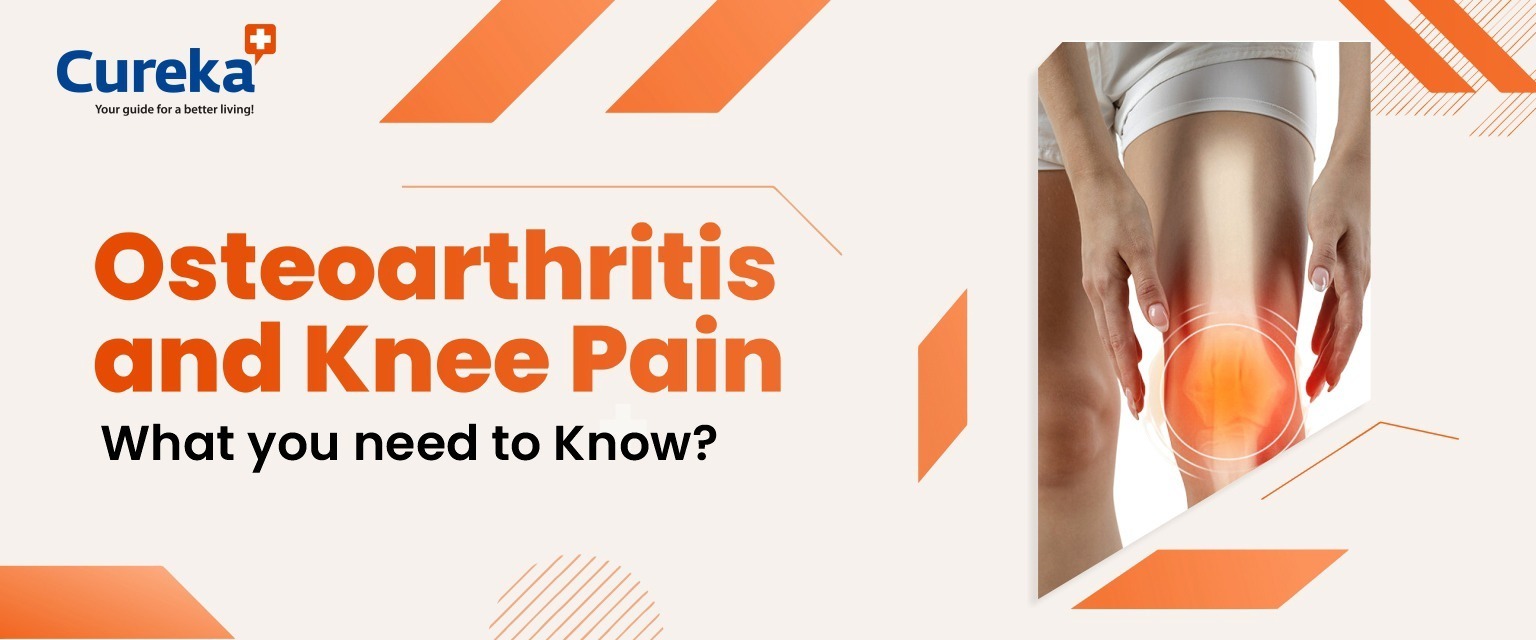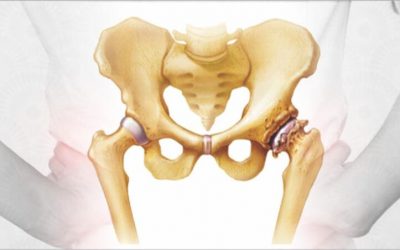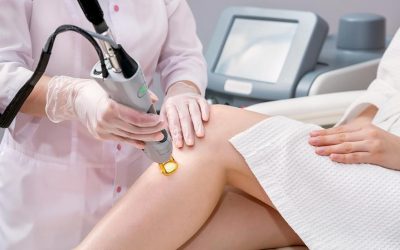Osteoarthritis and Knee Pain: What You Need To Know
Osteoarthritis is one of the most common forms of arthritis that affects millions of people around the world. It occurs when the cartilage in the knee wears down over time. This cartilage is responsible for cushioning the ends of the bones and prevents the bone ends from rubbing with one another. This friction makes the knees become stiff, hurt and swell sometimes. Osteoarthritis cannot be cured but there are many treatments to slow its symptoms and ease the discomfort. Sometimes, surgery is another option for severe osteoarthritis.
Is Osteoarthritis Common?
Osteoarthritis is very common and about 46% of people will develop it during their lifetime. Women are more likely to develop them than men after the age of 40. Other factors like genetics or injury can cause it to happen at an earlier stage.
Causes of Osteoarthritis:
Knee pain is the most common sign that you may be having osteoarthritis which makes it difficult for you to run, climb stairs, jog or kneel. This condition makes your knees feel stiff and swollen. When left untreated, osteoarthritis can change the shape of your knee joints making them feel wobbly or unstable.
Osteoarthritis happens when the knee joint cartilage is damaged. Articular cartilage is a tough and rubbery tissue that is found on the ends of the bones and lets you move and bend. The cartilage is like a vehicle’s shock absorber, protecting the bones from bumps and jolts. You can wear out your knee cartilage if:
- If you have an old knee injury or injure your knee.
- You are overweight, i.e., if your body mass index is more than 30.
- You have knocked knees.
- You put stress on your knees playing sports or at your job.
- You have a family history of osteoarthritis.
Symptoms of Osteoarthritis:
Usually pain in the knee is the most common symptom of osteoarthritis. Some ways you can find if you have osteoarthritis are as follows.
- You feel wobbly as if your knees would give out.
- When you have been sitting for a long time or stand up, your knees feel stiff.
- Whenever you move your knee, you hear a cracking or grinding noise.
- The knee looks swollen or puffy.
- Sometimes your knee might lock up, as if you don’t have any control in moving it.
Diagnosis of Osteoarthritis of the Knee:
Your physician will conduct a physical exam which would include tests that check whether you have the following.
- If your knee joint region is sore or red.
- If there is any sign of a knee injury.
- The range of motion, i.e., how much you can move your knees.
- If your knees feel loose, which means that your joint is not stable.
- Your walking gait. The way you walk also affects your knees.
Managing Osteoarthritis:
Treatment for osteoarthritis includes nonsurgical treatments, surgery and injections. Most often doctors try out non-surgical treatments before opting for surgery. The non-surgical treatment method includes,
- Pain medications
- Using a knee brace
- Physical therapy
- Maintaining a healthy body weight
- Using orthotics like a special footwear or insoles
- Platelet-Rich Plasma (PRP) injections for management of mild to moderate osteoarthritis (OA).
How to prevent Osteoarthritis of the Knee?
You can’t always prevent osteoarthritis, but there are some steps you could take to reduce the risk of knee pain.
- Get lots of rest
- Maintain a healthy weight
- While jogging or running, make sure you do so in a grassy or soft surface
- Switch to low impact exercises like cycling or swimming
- Add a lite strength training to your exercise routine
- Practice yoga which can reduce joint pain and improve joint flexibility.
The effects of osteoarthritis or knee pain cannot be reversed, but medication and self care can help with the symptoms and slow the condition’s progress. You might find that you shall always need medication to ease your knee pain. Most people have adhered to physical therapy and exercise to help with their symptoms. Speak to your physician about which type of exercise to do for osteoarthritis.
Conclusion:
It is difficult to take care of yourself when you have knee pain or osteoarthritis. But there are some methods you can try at home on your own that ease the symptoms of osteoarthritis.
- Apply an ice pack or heat to reduce the stiffness, swelling and knee pain.
- Maintain a healthy weight or lose the extra weight to take the extra stress off the knees.
- Keep your knee joint flexible by doing activities like swimming or walking.
- Use a knee brace or shock absorbing inserts in your shoes to reduce the pressure on the knees.
- Take part in self management programs to feel better in control of your health.














